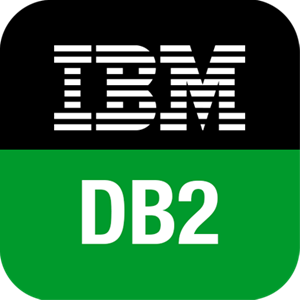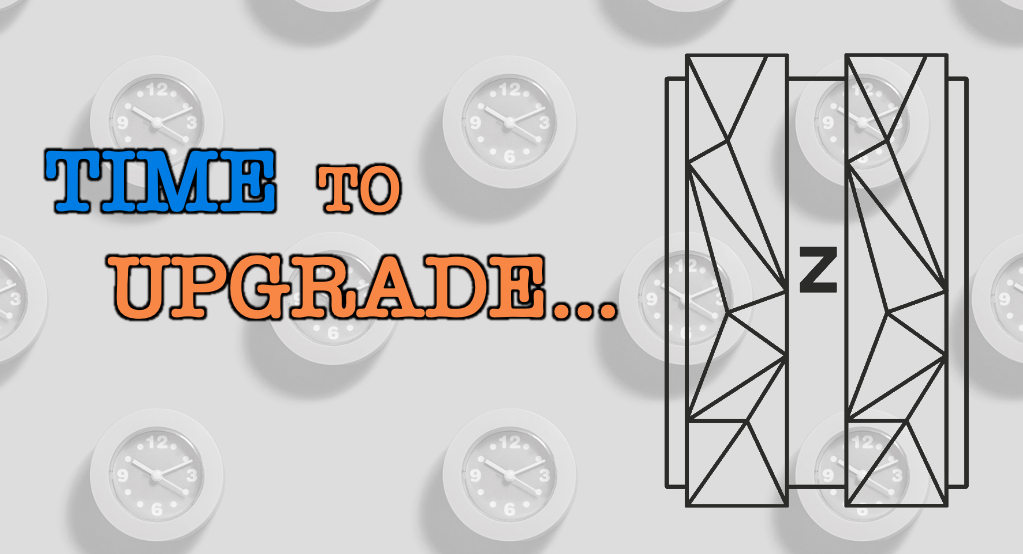Upgrading software applications in the mainframe world can be an onerous and stressful task. It’s perhaps tempting to just take the path with the lowest perceived risk, time and effort involved. That is, moving to the new software version in dev/test, performing the minimum code changes necessary, and regression testing.
This is, of course, a valid approach. Let’s call this low-risk strategy to retain security updates, fixes and vendor support the “minimal upgrade”.
While there are benefits to the minimal upgrade, a great deal of opportunity is lost. For example, new versions of software typically come with enhanced features and new capabilities to enable organizations to achieve more with less.
In other words, application upgrades often provide extremely favourable conditions for the exploitation of competitive advantage.
Example
Db2 upgrade: V11 to V12
 The new features available in Db2 V12 compared to Db2 V11 have massive performance implications and offer a host of other enhancements, such as:
The new features available in Db2 V12 compared to Db2 V11 have massive performance implications and offer a host of other enhancements, such as:
- Db2 V12 is officially recognised by Gartner as an “in memory database” as it is essentially able to use as much memory as is provided.
- Commonly used indexes can be cached, resulting in significant performance improvements.
- A very fast ingest rate with the ability to store many trillions of rows in a single Db2 table.
- Significant CPU reduction.
- Increased exploitation of real storage.
However, to take advantage of many of the new capabilities in V12, Db2 configuration changes are needed (for example memory optimisation), and application binds may be required.
Organisations may choose to perform the Db2 “minimal upgrade” only as they lack the budget, resources or mainframe environments to perform the regression testing needed for a bigger application change. However these organisations lose competitive advantage by failing to capitalise on the new features.
How can this problem be solved?
Having a dedicated, sandboxed, virtual mainframe environment allows organisations to safely experiment with and validate new versions of software without reliance on a physical mainframe.
Using PopUp Mainframe, users can spin up virtual mainframe environments in the cloud or on any x86 hardware with minimal fuss, and zero disruption to physical mainframes. PopUp makes it easy to try out ideas, change configuration at will, perform regression testing and validate functionality – all in completely disposable environments which can be bookmarked and reset in a snap. PopUp users can experiment with new features and dial in the optimal configuration required to squeeze all available juice from the upgrade process. When you are finished, these environments can be easily decommissioned, archived or re-purposed.
With PopUp, the upgrade process transforms into an opportunity to seize competitive advantage!
To find out more, contact us.

